You’ve heard of the Witness Protection Program, but have you heard of the Witness Tree Protection Program?
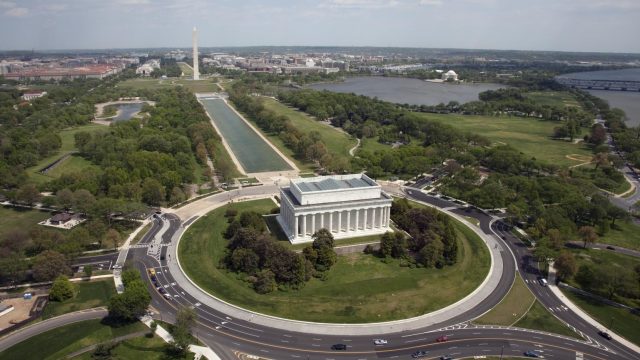
Unlike the individuals who have testified against criminals that are protected by the Witness Protection Program, witness trees are trees that have stood for so long that they have been spectators to some of the most important events in U.S. history.
Washington, DC, has often been called the “City of Trees.” The nickname comes from George Washington’s vision for the nation’s capital. Not surprisingly, many of our early presidents were avid arborists who planted saplings all over our country and right in the heart of the District.
In 2000, the National Park Service established the Historic American Landscapes Survey (HALS) for “documenting an aspect of human intervention on nature: historic landscapes from gardens to battlefields.” HALS initiated the Witness Tree Protection Program in 2006 to document historically significant trees in the Washington, DC, area. At the time, they noted 24 original trees, all located in the National Mall and Memorial Parks area.
Today, there are numerous Witness Tree Protection Program branch projects across the country. Trees have been identified nationwide, many of which are located on battlefields, where history was often made or changed. Honorable mentions include:
- The “The War of 1812 Willow Oak,” which dates back to the Battle of Bladensburg in 1814
- The White Oak tree from 1862 still lives at Manassas National Battlefield Park, Virginia
- The Burnside Sycamore also has grown since 1862 at Antietam National Battlefield in Maryland
- The 2010 Survivor Tree lives at the National September 11th Memorial, symbolizing the spirit of resilience in the wake of national tragedy
Most recently, there are the trees planted in Baltimore in 2022 in a neighborhood named Turner Station, a community that banded together to grow 140 trees behind the homes of their historically African American neighborhood. While witness trees have typically stood for centuries, they represent an investment in this area’s future as the trees will continue to watch over the community and witness its history.
Examples of the First 24 Witness Trees
Jackson Magnolia trees, White House:
Perhaps the most photographed witness tree is the magnolia tree that appears on each side of the south entrance of the White House. In 1829, as President Andrew Jackson moved into the White House, he lost his wife. In her memory, a sprout was planted on the grounds from her favorite magnolia tree from the couple’s farm in Tennessee. Years later, groundskeepers planted a companion magnolia on the opposite side of the entrance for symmetry. The two Magnolias posed such a presence in US history that they were pictured on the back of the 1928-1998 $20 bill.
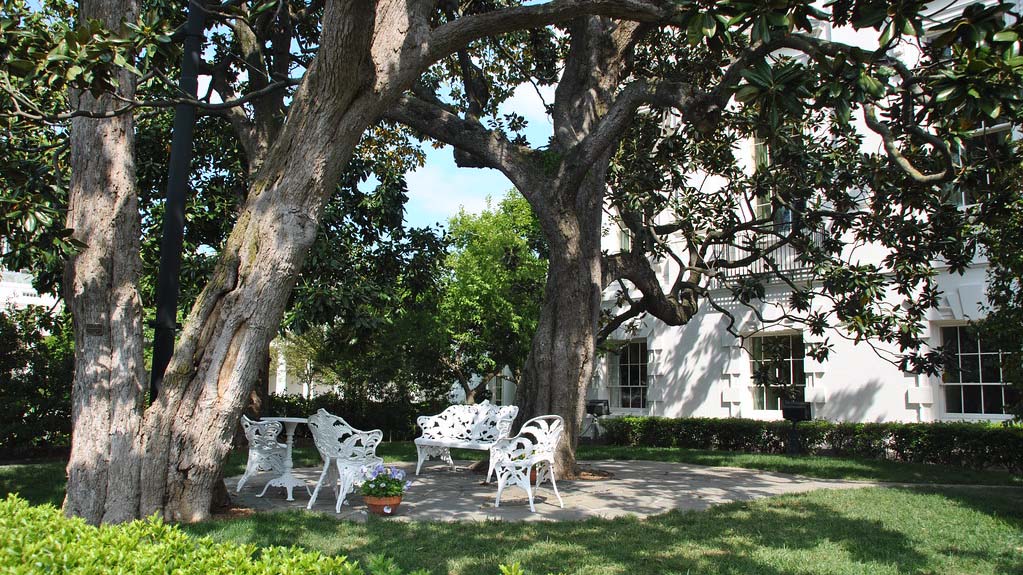
Unfortunately, the over 200-year-old tree started to age, and arborists had to recommend a radical cutback of its branches in 2018. Still reportedly there today, the remaining portion has stood through 39 different US presidencies. Once it’s gone, groundskeepers plan to plant a seedling from the original tree in the same spot, while offshoots have been steadily growing nearby, a forever reminder of this historic tree.
Where you can find it: At the south entrance of the White House!
Jefferson Elm, north of the Smithsonian Freer Gallery on the Mall:
A lone survivor, the Jefferson Elm was one of 333 American Elms planted along the National Mall in 1935. Almost all of the original trees have died or been replaced, except the Jefferson Elm, which proved resistant to the highly destructive Dutch Elm disease. It’s most likely because of this unique genetic resistance and superior branch support that it has survived almost 100 years. Scientists with the National Arboretum and Department of Agriculture have studied this tree for decades and have cloned it to help renew American elm populations across the country. It has stood stoic for the first-ever televised Fourth Of July Celebration, a visit by England’s Queen Elizabeth, and through the restoration and remodeling of its neighbor, the Smithsonian Castle.
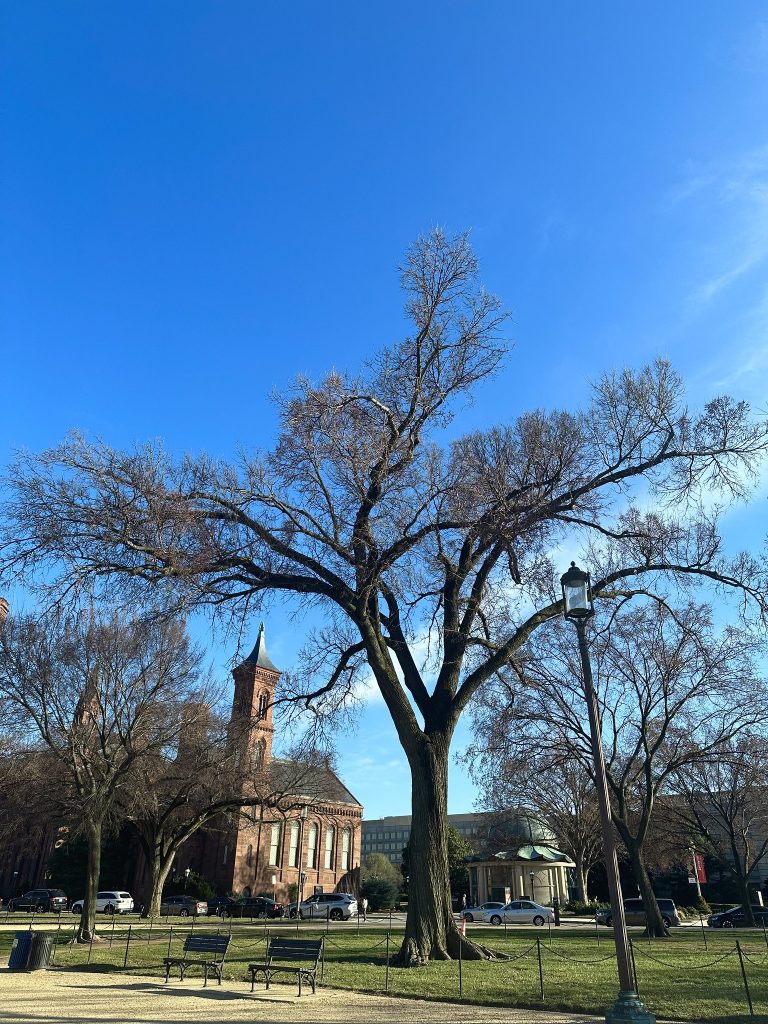
Where you can find it: When standing in front of the Smithsonian Castle, turn to the right. It’s north of the Smithsonian Freer Gallery, right next to the walking path, surrounded by a fence.
Catalpa trees, Survey Lodge Ranger Station:
If you’ve spent time on the National Mall, you might’ve noticed a beautiful but unused building surrounded by a thicket of trees just southwest of the Washington Monument. The Survey Lodge Ranger Station was built in 1889 as a boiler and steam house to power the Washington Monument’s elevator. It was constructed from leftover marble and granite from the Monument and is now closed to the public but used as a National Park Service Ranger Station. Right in front of the building sits our witness trees, the Catalpa trees. Having been planted in 1902, they are among the oldest in the area. They have observed over a century of history at the National Mall, including the first major restoration project of the Washington Monument in the 1930s.
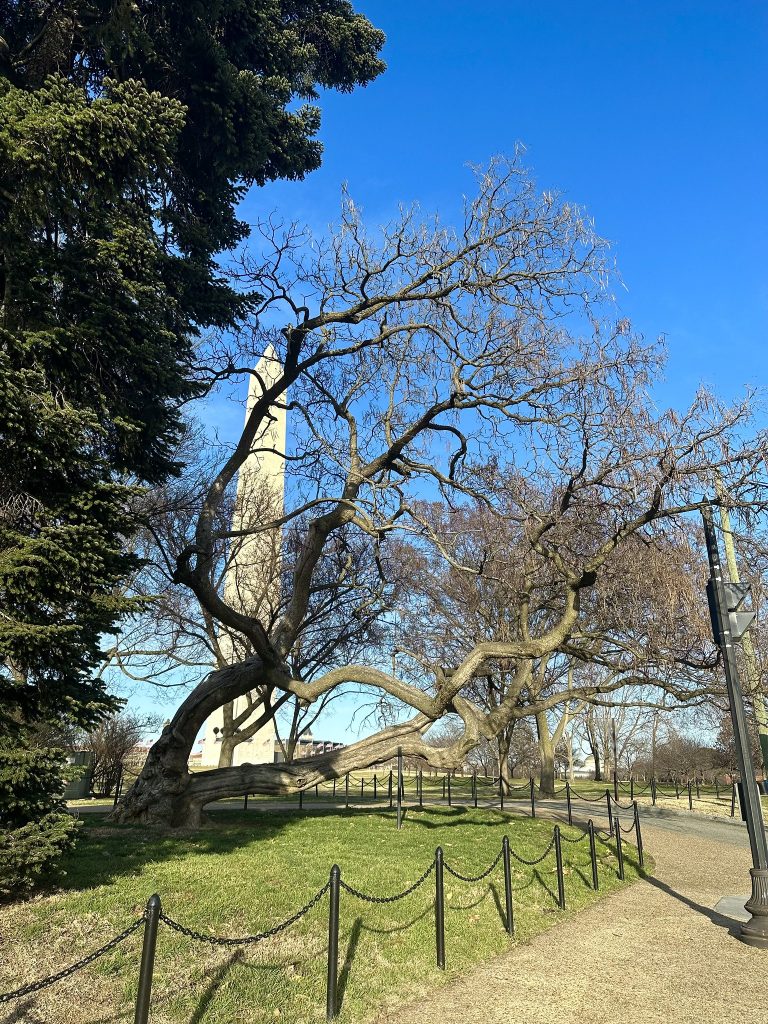
Where you can find it: When at the Washington Monument, follow the paths towards the Tidal Basin. The Ranger station will appear, and right between the front door and the road stands the Catalpa trees.
White Mulberry tree, Washington Monument Grounds:
According to historic photographs, the white mulberry tree, a neighbor of the Washington Monument, probably began growing around 1910. Records suggest that this witness tree is unique because they think it grew organically – no one planted it. As construction around the monument progressed, the early 1890s saw many “street” deciduous saplings planted. Still, mulberries weren’t typically used in this fashion, so some speculate that the tree may have been the only naturally occurring plant on site. We know for sure that it is, at the very least, over 100 years old, as can be seen from a 1919 aerial photograph. The historic tree has most likely been a bystander in several events, such as the March on Washington for Jobs and Freedom in 1963 and Dr. Martin Luther King’s “I Have A Dream” speech.
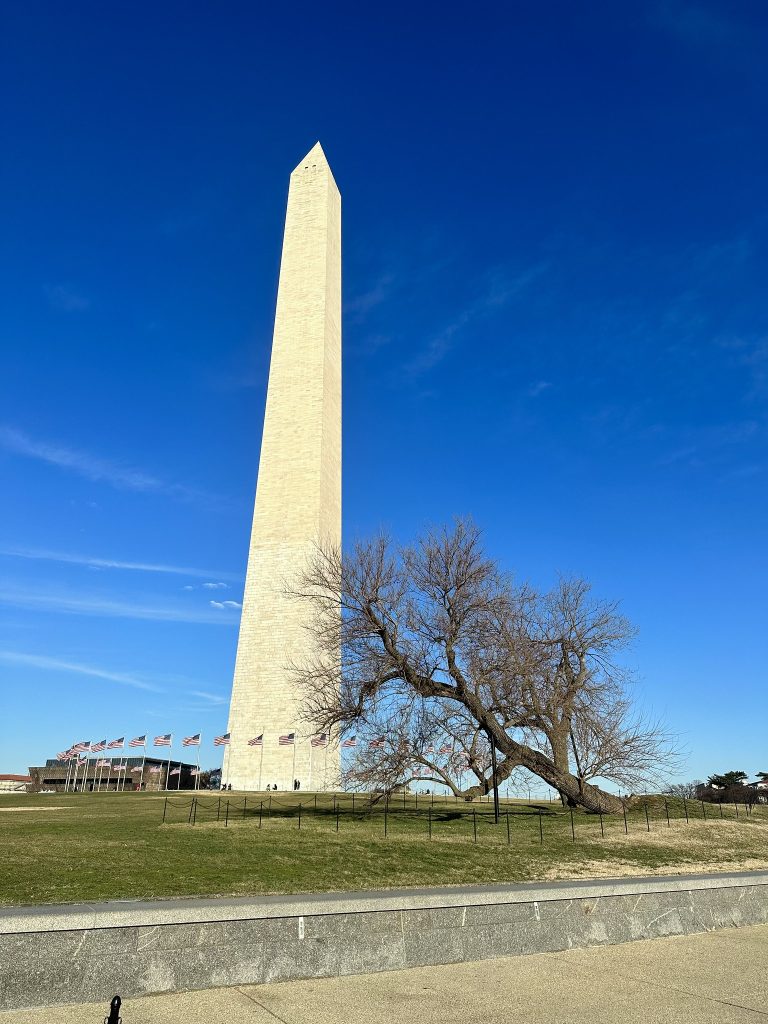
Where you can find it: When standing on top of the hill next to the Washington Monument, walk down the paths towards the Lincoln Memorial, and you can’t miss it; it is the only tree on the almost entirely clear hill.
Circle of Willow Oak trees, south of the Vietnam Women’s Memorial:
With some witness trees, their planting pre-dates historical records. For instance, the origin of the circle of Willow Oaks south of the Vietnam Women’s Memorial is unknown and remains quite a mystery. Some suggest that these oaks were planted in the 1920s to encircle a picnic area, hence the odd planting pattern. Others speculate that these trees were likely planted during the 1970s Constitution Gardens site rehabilitation when almost 40 acres of the wooded park were redesigned in commemoration of the American Bicentennial. Regardless of their origin, this circle of trees has stood watch over the construction of the Vietnam Veterans Memorial and its dedication in 1982.
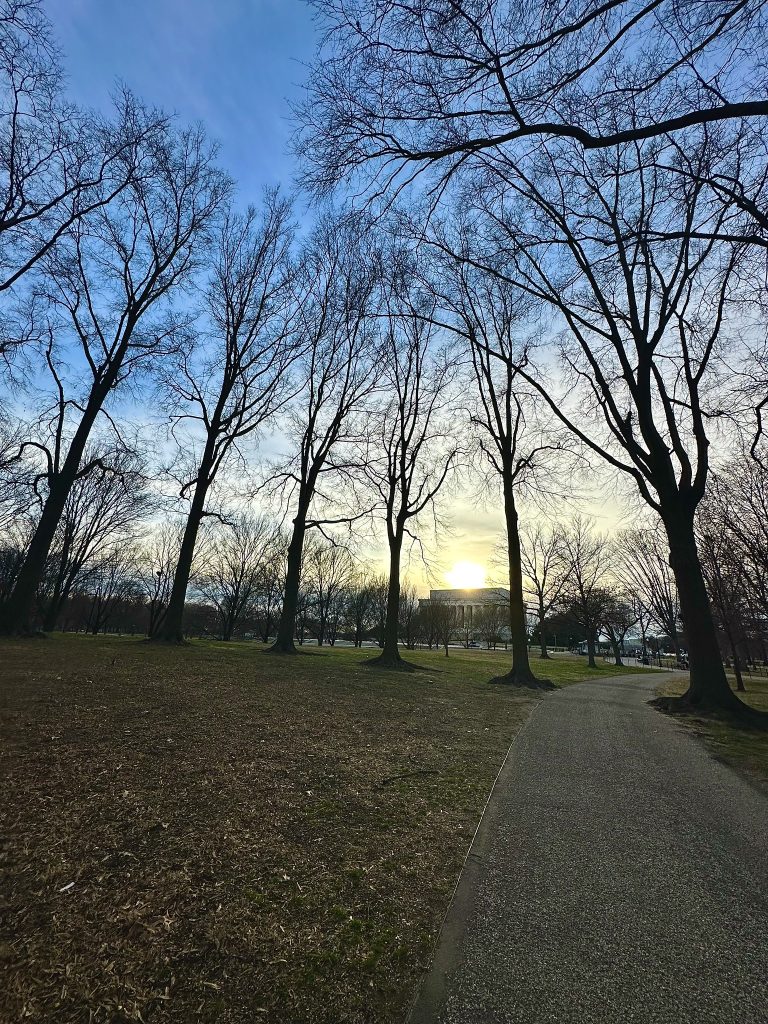
Where you can find it: These might be hard to find. When at the Vietnam Women’s Memorial, head south and cross a swatch of grass to the next pathway. You will find yourself accidentally standing amidst quite a large, tight circle of oak trees.
Amur Cork trees, Franklin Delano Roosevelt Memorial:
If you’ve ever enjoyed visiting DC’s famous cherry blossom trees, you might’ve noticed that some trees around the basin don’t bloom like others. The Amur cork trees live between the Franklin Delano Roosevelt Memorial and the waterfront. Some think these trees are old enough to have witnessed the construction of the nearby Thomas Jefferson Memorial and its dedication in 1943. Mysteriously enough, in a 1962 letter, it was reported that the National Park Service had no records of the them ever being planted. Still, they decided to leave them because they were “very attractive old trees.”
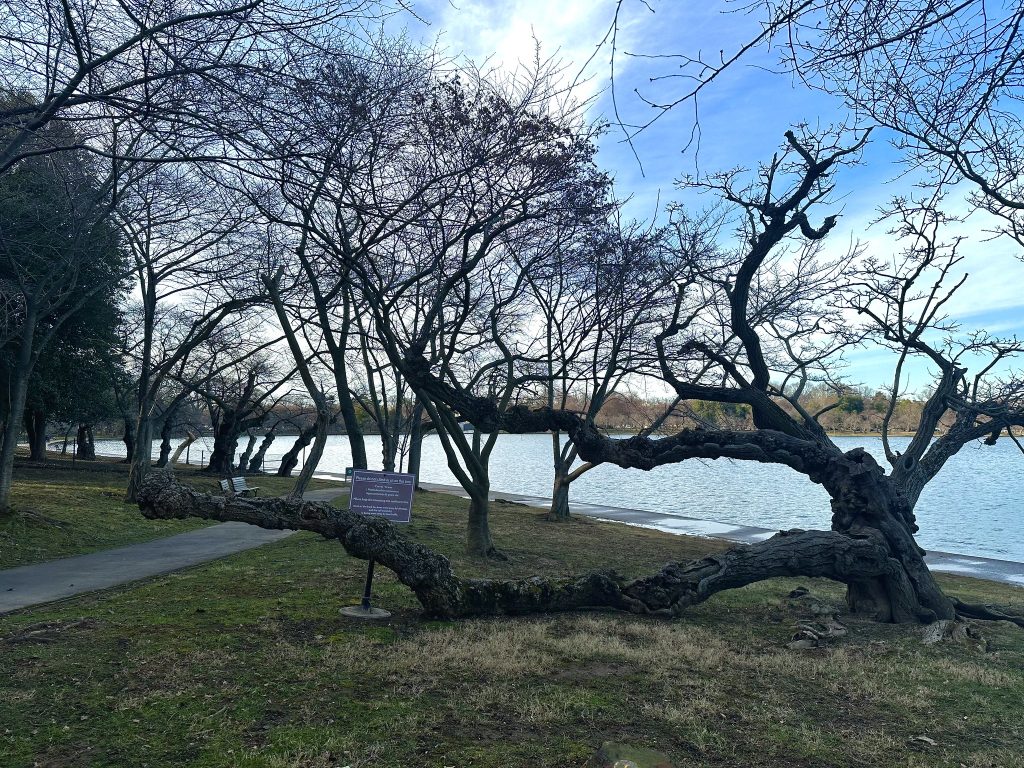
Where you can find it: Head past the visitor center with the bathroom and follow the path along the waterfront until you see ancient trees with their limbs resting on the ground, and you’ll see two signs encouraging visitors not to climb on them.







